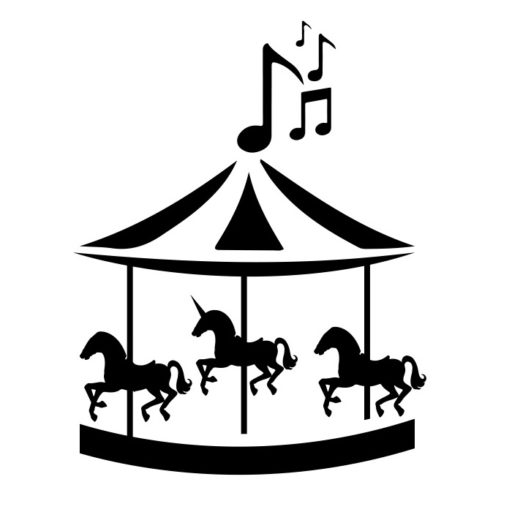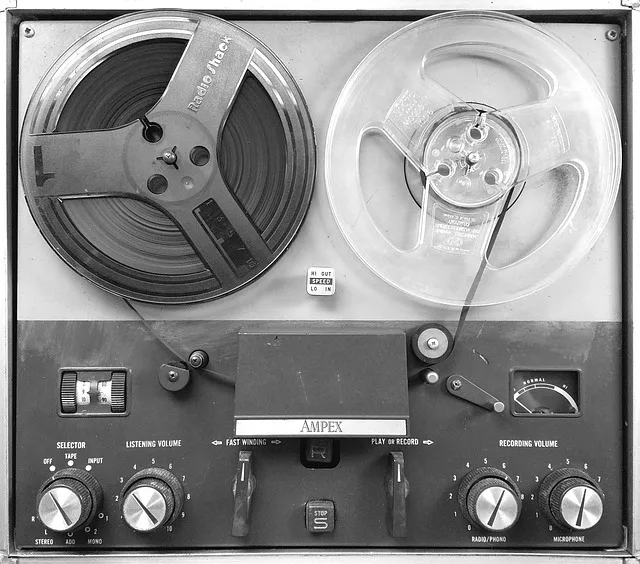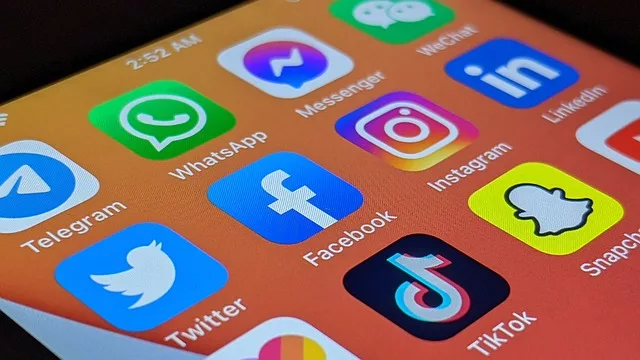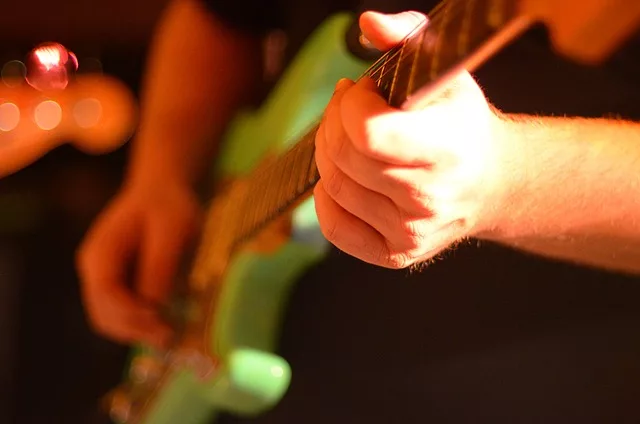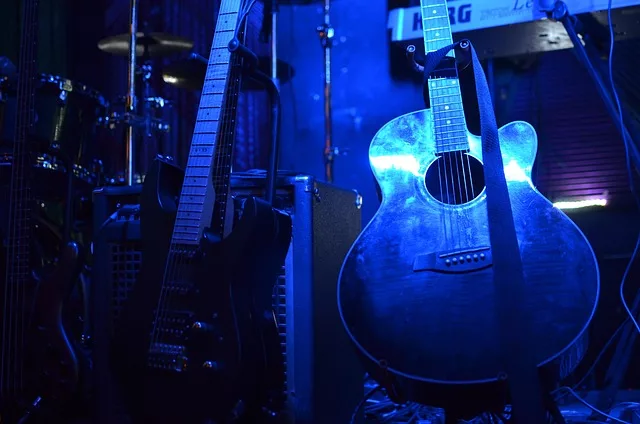DISCLAIMER: Parlor City Sound earns a commission (at no cost to you) if you click a link to Amazon and buy something while visiting this page. This is only applicable to Amazon links—we don't earn a sales commission from anyone else. Read our advertising disclosure & FAQ to learn more about our strict policies on affiliate marketing.
At some point in any music act’s career, they’re going to be faced with the very common question of how to record a demo. And this can be a tricky thing to get right. There’s a lot riding on the quality of your demo. You want to make sure you select the right songs for it. And it’s likely going to cost you money to get it recorded, too. So where do you even start?
The good news: learning how to record a demo doesn’t need to be stressful. In fact, we’re going to explain the whole process for you right here. And unlike some of our more complicated in-depth Parlor City Sound guides, this one shouldn’t take you 20 minutes to read. We promise!
Choosing the perfect songs for your music demo

We can’t really discuss how to record a demo if we don’t understand what songs should be included on it. So let’s start there, by examining your current setlist and figuring out which songs are best suited for your demo.
There’s some basic criteria to consider when figuring out which songs you should include in your demo. So let’s figure out what you should be looking for as you consider each song in your full setlist:
- Your demo should include at least two songs, and three songs is considered the standard. You shouldn’t include more than five
- The songs you include should fairly and honestly represent the overall sound of your band. Bookers usually won’t invite you back if your demo sounds nothing like your live performance
- Higher-energy songs are more likely to win people over than slow songs or ballads, unless slow songs are your niche
- You should keep the demo short and avoid including songs with runtimes exceeding six minutes. Songs ranging from two to four minutes in length are ideal
- Not every band can afford to do this, but having two or three different demos can help. One demo might be better suited to a particular venue than another
The first 20 seconds of the very first song are the most important
While considering which songs to include in your demo, we should take a moment to also examine which song goes first. Because that first song on your demo might be the only one most venue owners, bookers, or promoters listen to.
These folks are busy, and they usually listen to a lot of demos. So the very first song on your demo should be the most entertaining of them. And it’s especially important that the first 20 seconds of that first song catches a listener’s attention right out of the gate. It’s rare for these decision makers to listen to a demo longer than that unless they like what they hear. So those ambient, slow-building openers? Maybe avoid those on your demo.
The other songs included in your demo can express more of your band’s range and depth. So if you feel it’s important to showcase that, feel free to do so in those later songs. So long as that first track is a qualified banger.
How to record a demo: the free, cheap, easy, and perfect methods
With your songs chosen, it’s time to think about the actual process of recording. And this is going to largely boil down to the budget your band has to work with. Those old adages of it takes money to make money and you get what you pay for are definitely applicable to the process of recording a band’s demo.
First, the free way: recording your demo on a smartphone. These results won’t be very good, but if your band can’t afford to record a demo by any other means, this will have to do. You can edit the tracks in a free DAW program like Audacity or GarageBand.
Zoom or TASCAM. These devices will get dramatically better results, but will cost you around $100 to $300 to purchase, and wouldn’t be useful for much more than a simple beginner’s demo.
Option three? Recording your demo in a professional recording studio. This can cost hundreds or even thousands of dollars, but a professional studio will usually offer the very best results. You’ll want to research local recording studios in your area and get quotes from them before deciding on which studio to use.
Lastly, option four: recording the demo yourselves. This can end up costing the most money of these options, and it can take a while to learn how to record a full band. But the upside is that you’ll own the equipment and can record demos, EPs, and full-length albums whenever you want going forward. If you can afford to throw a few thousand dollars toward recording equipment, you’re not pressed for time, and you’re open to learning new skills, this is the best option.
Video demos are helpful, too!
Some venues will ask for video demos alongside your audio demos, and some might even only want video demos. In one hand, video demos are a lot easier to record using just a smartphone. But there’s a lot you’d want to get right here, too. So let’s go over how to record a demo video of your band’s live performance.
Bookers want to see what your band looks like and how you perform on stage. They’re not interested in seeing your artsy music video with children dancing in bee costumes, or your singer getting pushed around a neon-lit grocery store in a shopping cart.
Put some production value into your video demos. Get everyone facing forward, toward the camera, and perform your songs just as you would in a live setting. If your singer is going to dance around the stage, they should do that in the video demo too. If your bassist is going to spin a basketball on their finger while saluting a photograph of Bill Murray … that’s weird, but okay, have them do that in your video.
We recommend submitting links to three separate video demos uploaded to YouTube or your band’s website, rather than sending massive file attachments or video download links. Bookers don’t want to jump through those extra hoops or overload their hard drives with video files, and most wouldn’t download them to begin with. Making life easier for bookers is a good thing!
Now that you know how to record a demo, let’s talk about how to submit it
Knowing how to record a demo is one thing, but knowing how to submit a demo to music venues is a something else entirely. So how do you submit your demo to bookers and promoters?
It all begins with a list. As a band, sit down and figure out which venues in your area would be ideal for your act to perform at. Venues that favor your genre or frequently showcase bands that are just starting out. Create as comprehensive a list as you can, not just in your own city but in neighboring cities and towns within a driving distance your bandmates agree would be reasonable. You should definitely start local, but early on, any stage experience is good stage experience.
Next, start contacting those venues via phone, email, or contact forms on their websites. Explain who you are. Describe your band’s sound as succinctly as possible. Let them know how much material you have ready to perform, and let them know that you have audio and/ or video demos ready. If your band has an electronic press kit (and we strongly recommend you do), provide them with a link.
Once you’ve booked a gig, be sure to follow through by arriving on time, delivering what you promised, and presenting yourselves as professional from start to finish. The last thing you want is for one booker to tell others not to work with you. And that’s pretty much it. You now know how to record a demo. We hope your band has tons of fun on stage!
Also check out:
